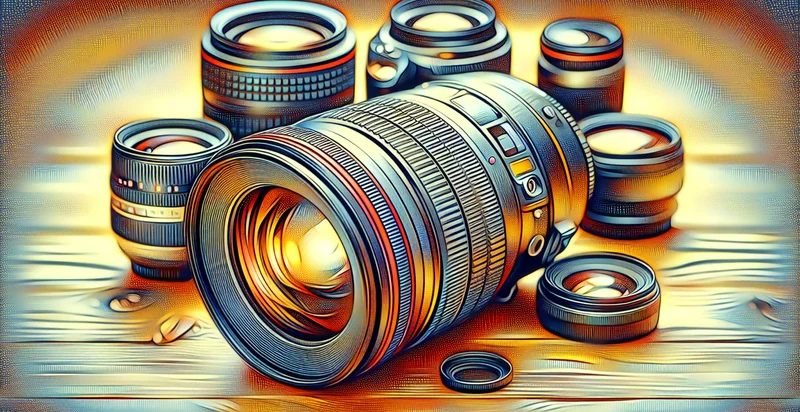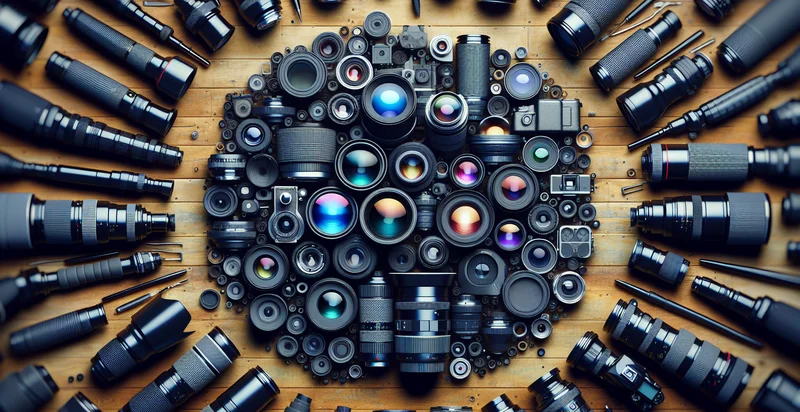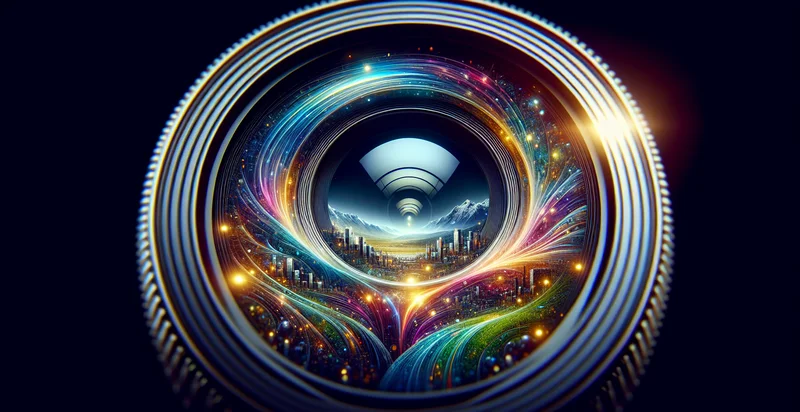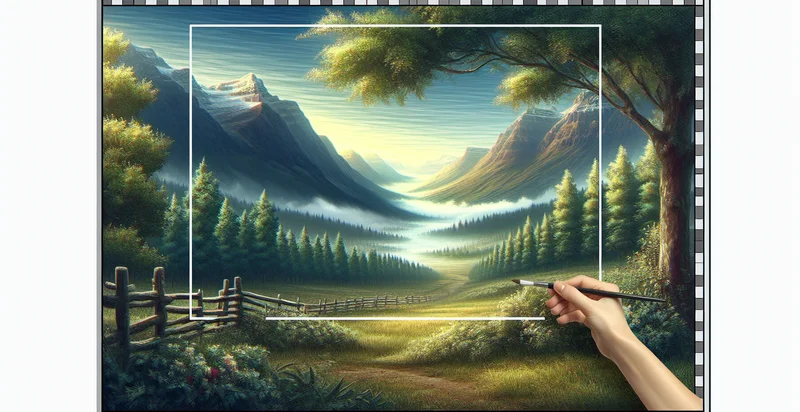Identify lens position
using AI
Below is a free classifier to identify lens position. Just upload your image, and our AI will predict the optimal lens position for capturing the best image quality - in just seconds.

Contact us for API access
Or, use Nyckel to build highly-accurate custom classifiers in just minutes. No PhD required.
Get started
import nyckel
credentials = nyckel.Credentials("YOUR_CLIENT_ID", "YOUR_CLIENT_SECRET")
nyckel.invoke("lens-position", "your_image_url", credentials)
fetch('https://www.nyckel.com/v1/functions/lens-position/invoke', {
method: 'POST',
headers: {
'Authorization': 'Bearer ' + 'YOUR_BEARER_TOKEN',
'Content-Type': 'application/json',
},
body: JSON.stringify(
{"data": "your_image_url"}
)
})
.then(response => response.json())
.then(data => console.log(data));
curl -X POST \
-H "Content-Type: application/json" \
-H "Authorization: Bearer YOUR_BEARER_TOKEN" \
-d '{"data": "your_image_url"}' \
https://www.nyckel.com/v1/functions/lens-position/invoke
How this classifier works
To start, upload your image. Our AI tool will then predict the optimal lens position for capturing the best image quality.
This pretrained image model uses a Nyckel-created dataset and has 13 labels, including Anterior, Cataractous, Congenital, Degenerative, Dislocated, Displaced, Ectopic, Intact, Normal and Posterior.
We'll also show a confidence score (the higher the number, the more confident the AI model is around the optimal lens position for capturing the best image quality).
Whether you're just curious or building lens position detection into your application, we hope our classifier proves helpful.
Related Classifiers
Need to identify lens position at scale?
Get API or Zapier access to this classifier for free. It's perfect for:
- Quality Control in Manufacturing: This use case involves the application of the false image classification function to identify defects in lens positioning on production lines. By analyzing images of products, manufacturers can detect incorrect lens placements, ensuring that each item meets quality standards before shipping.
- Optical Device Calibration: Here, the lens position identifier can be employed to automate the calibration of optical devices. By verifying the correct alignment of lenses during calibration processes, companies can reduce error rates and improve device performance, ultimately enhancing customer satisfaction.
- Augmented Reality System Optimization: In augmented reality (AR) applications, the precision of lens positioning is critical for a seamless user experience. Utilizing this classification function enables developers to identify and rectify lens alignment issues, enhancing the accuracy and clarity of AR visualizations.
- Remote Diagnostics for Optical Devices: This function can be integrated into remote diagnostic tools for optical systems. By remotely analyzing images of lens positions, service technicians can quickly diagnose issues and provide accurate troubleshooting support without needing to physically inspect the devices.
- Automotive Camera Systems: In modern vehicles equipped with camera systems for safety and navigation, the false image classification function can help ensure proper lens positioning. By continuously monitoring and adjusting lens alignment, it enhances image quality for driver assistance features, contributing to safer driving experiences.
- Virtual Reality Equipment Maintenance: The function can be used in virtual reality (VR) equipment to maintain lens alignment. By regularly assessing lens positions through image analysis, manufacturers and service providers can preemptively address potential alignment issues, extending the lifespan and performance of VR headsets.
- Research and Development of Imaging Systems: In R&D, researchers can apply this technology to evaluate and develop new imaging systems. By experimenting with different lens configurations and utilizing the classification function to study their effects on image outputs, teams can innovate and optimize future optical designs more effectively.


